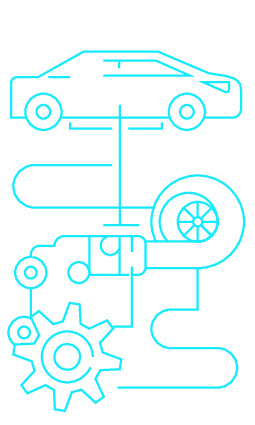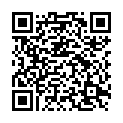|
|
|
| Module code: FT08 |
|
|
3V+1U (4 hours per week) |
|
5 |
| Semester: 2 |
| Mandatory course: yes |
Language of instruction:
German |
Assessment:
Written exam 100 min.
[updated 30.09.2020]
|
FT08 (P242-0056, P242-0057) Automotive Engineering, Bachelor, ASPO 01.10.2011
, semester 2, mandatory course
FT08 (P242-0056, P242-0057) Automotive Engineering, Bachelor, ASPO 01.10.2015
, semester 2, mandatory course
FT08 (P242-0056, P242-0057) Automotive Engineering, Bachelor, ASPO 01.04.2016
, semester 2, mandatory course
FT08 (P242-0056, P242-0057) Automotive Engineering, Bachelor, ASPO 01.10.2019
, semester 2, mandatory course
|
60 class hours (= 45 clock hours) over a 15-week period.
The total student study time is 150 hours (equivalent to 5 ECTS credits).
There are therefore 105 hours available for class preparation and follow-up work and exam preparation.
|
Recommended prerequisites (modules):
None.
|
Recommended as prerequisite for:
FT20 Electric Vehicle Drive Systems
FT24
FT25
FT27 Vehicle Testing
FT54 Basics of Brake Technology
[updated 14.02.2025]
|
Module coordinator:
Prof. Dr. Hans-Werner Groh |
Lecturer:
Dipl.-Ing. Albrecht Kretschmar
[updated 16.12.2013]
|
Learning outcomes:
After successfully completing this course, students will be able to:
- work confidently with the basic electrotechnical variables and describe resistors, capacitors, coils, diodes, transistors as well as their function and exemplary application.
- apply different model descriptions of electrical components and networks in a problem-adapted way and thus, be able to perform simple calculations by themselves.
- analyze and calculate simple problems in electromagnetic fields and applications of the law of induction.
- name, correctly apply and interpret basic electrical and electronic equations.
- recognize and explain the interaction between electrical and magnetic circuits.
- name an application of the theory in a vehicle and explain it.
[updated 30.09.2020]
|
Module content:
Basics
Physical quantity and measurement systems, SI units
Direct current:
Electrical charge, current, source, voltage, electrical circuit; ohmic resistance: Temperature behavior, designs, standard series, interconnections, Kirchhoff´s mesh and point rule, current and voltage divider
Electric field:
Variables: Field strength, displacement density, fundamental laws; field calculation: Point, line, surface charge, superposition; potential, voltage, boundary layer behavior; capacitors; dielectric layers
Magnetic field:
Variables, fundamental laws, boundary-layer behavior; field calculation; Faraday´s law of induction, applications; self inductance, energy, moving charges; transformer, RL circuit, switching operations
Alternating/three-phase current theory:
Periodic function, characteristics of the sinusoidal alternating quantity, mathematical; operations, basic bipoles R, L, C, power, pointer calculation, complex calculation, circuit calculation with image function: complex resistance, network calculation, symmetrical 3-phase system, low and high pass
Exercises:
Sample calculations on the above topics
[updated 30.09.2020]
|
Teaching methods/Media:
Lecture and tutorials
[updated 30.09.2020]
|
Recommended or required reading:
- Gerd Hagmann: Grundlagen der Elektrotechnik, 16., durchges. u. korr. Aufl., AULA-Verlag, Wiebelsheim, 2013, ISBN 978-3-89104-779-8
- Gerd Hagmann: Aufgabensammlung zu Grundlagen der Elektrotechnik, 16., durchges. u. korr. Aufl., AULA-Verlag, Wiebelsheim, 2013, 978-3-89104-771-2
- Georg Bosse: Grundlagen der Elektrotechnik, Band I _ IV, VDI-Verlag, Düsseldorf, 1996, ISBN 3-18-401573-4, ISBN 3-18-401547-5, 3-18-401574-2, 3-18-401575-0
[updated 30.09.2020]
|


